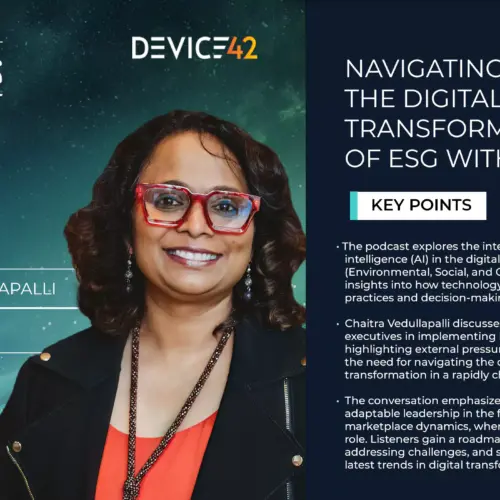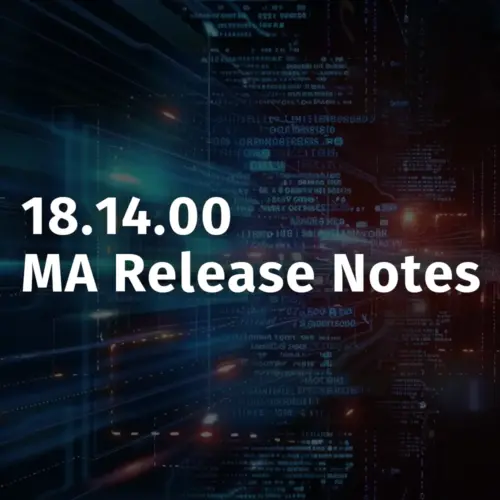
It’s difficult enough to ensure data protection and disaster recovery (DR) when all your data is located on-premises. Today most companies have data both on-site and utilize cloud strategies.
The vast majority of companies (81%) are now using two or more providers. Whether it’s a multi-cloud environment or a hybrid public/private cloud deployment, businesses are finding advantages by migrating to the cloud. The whole cloud market–SaaS, PaaS, and IaaS–provides opportunities to maximize operations while managing costs.
While this strategy may make good business sense, it also creates additional challenges for those charged with data protection and disaster recovery or business continuity.
A multi-cloud solution allows for data to be backed up or replicated across different vendors. This provides flexibility and redundancy. Without effective data management practices, however, it can easily become unmanageable.
Proper DR Planning in a Multi-Cloud Environment
A business continuity plan protects your business and your data. It is designed to ensure critical systems are available when you need them in a reliable manner even when a disaster occurs.
There are three primary components of a business continuity plan for key operations:
High availability allows for access to business-critical data and applications even amidst localized failures, such as power outages, destructions of the physical facility, or hardware or software failures.
Continuous operations to safeguard the uptime and keep things running during a disruption.
Disaster recovery, including a strategy and plan to recover at an alternate site if a disaster were to destroy the primary site or it becomes inaccessible.
From lost files to system recovery to full-blown disasters, organizations need granular recovery down to the individual file level. This may include data in isolation without the need to recover entire systems or VMs.
IT Inventory & Asset Management Software
In a multi-cloud or hybrid cloud environment, keeping track of where everything lives and the interdependencies of software and data can be complex. When it comes to disaster recovery, you need a robust roadmap to help you recover quickly and keep your organization functioning.
Device42 provides comprehensive IT asset management (ITAM) capabilities. This includes a powerful auto-discovery engine that maps the location of every item. It provides an accurate inventory that will be crucial for disaster recovery. It’s also audit-ready for compliance.
Comprehensive Auto-Discovery
Continuous auto-discovery makes sure you always know where everything is. When it comes to disaster response, you must have an accurate inventory of your physical, virtual, cloud, and hybrid infrastructures.
Device42 locates and updates your hardware automatically. This makes it easy to document physical, virtual, blade, clusters, switches, and any other type of device. Software discovery provides a comprehensive and accurate profile of all the software deployed on Windows and Linux machines across the entire IT infrastructure–crucial when you need to rebuild your network.
Track Relationships Between Assets
As systems have become increasingly integrated and distributed across multi-cloud environments, it also creates more potential vulnerabilities. Linking critical systems together has complicated the business continuity/disaster recovery planning. If one link breaks–or comes under attack–it can quickly escalate throughout a company’s infrastructure. Understanding the linkage and the web of interconnections can help more quickly diagnose and stop problems from becoming more widespread. After all, the best DR plan is to prevent things from becoming a disaster in the first place.
Besides tracking hardware and software, Device42’s asset tracking software is smart enough to define and visualize operational dependencies, such as tracking downward dependencies from virtual host or blade chassis to contained VMs. This allows for quick identification of the trickle-down impact of service interruption and faster recovery.
QR Codes & Asset Tags
With Device42, you no longer need traditional barcode readers. Instead, use your mobile device for ITAM. This provides a virtual roadmap of your systems and software which allows you to manage an unlimited number of non-IP assets.
Automated Warranty and Contract Checks
It’s the thing of nightmares for IT managers: you let your warranty lapse and then disaster strikes. With Device42, you can centrally manage all IT contract details for devices, hardware, and software assets across the enterprise structure. From purchase to decommissioning, you can track the entire lifecycle of both your IP and non-IP based assets.
Using vendor APIs, you can pull in warranty information from Dell, HP, IBM, Lenovo, and others.
Disaster Recovery Starts with an Accurate IT Inventory
Nearly a third of all data centers will experience an outage in any given year–a number that’s increasing. When there’s a disaster or interruption, getting your organization back up and running is crucial. The hourly cost of an infrastructure failure at Fortune 1000 companies now averages $100,000 for each hour of downtime, according to an IDC study. The average cost of application downtime each year can range from $1.25 to $2.5 billion.
Disaster recovery needs to start with an accurate IT inventory. If you restore from backup–without restoring everything from backup–it can damage your dependencies. That makes the job of DR even more difficult, leading to incomplete data and more complex (and time-consuming) recovery.



